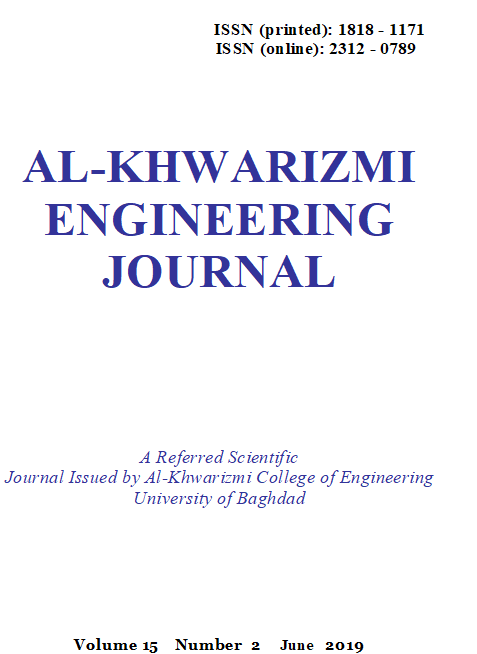Abstract
Multipoint forming process is an engineering concept which means that the working surface of the punch and die is produced as hemispherical ends of individual active elements (called pins), where each pin can be independently, vertically displaced using a geometrically reconfigurable die. Several different products can be made without changing tools saved precious production time. Also, the manufacturing of very expensive rigid dies is reduced, and a lot of expenses are saved. But the most important aspects of using such types of equipment are the flexibility of the tooling. This paper presents an experimental investigation of the effect of three main parameters which are blank holder, rubber thickness and forming speed that affect the surface integrity for brass (Cu Zn 65-35) with 0.71 mm thickness.
This paper focuses on the development of prediction models for estimation of the product quality. Using Analysis of Variance (ANOVA), surface roughness has been modeled. In the development of this predictive model, blank holder, rubber thickness and forming speed have been considered as model parameters. The mean surface roughness (Ra) is used as response parameter to predict the surface roughness of multipoint forming parts. The data required has been generated, compared and evaluated to the proposed models obtained from experiments.
Taguchi algorithm was used to predict the forming parameters (blank holder, rubber thickness and forming speed) on product roughness in forming process of Brass (Cu Zn 65-35) based on orthogonal array of L9 and finally ANOVA was used to find the optimum parameters that have effect on the product quality.
Copyright: Open Access authors retain the copyrights of their papers, and all open access articles are distributed under the terms of the Creative Commons Attribution License, which permits unrestricted use, distribution and reproduction in any medium, provided that the original work is properly cited. The use of general descriptive names, trade names, trademarks, and so forth in this publication, even if not specifically identified, does not imply that these names are not protected by the relevant laws and regulations. While the advice and information in this journal are believed to be true and accurate on the date of its going to press, neither the authors, the editors, nor the publisher can accept any legal responsibility for any errors or omissions that may be made. The publisher makes no warranty, express or implied, with respect to the material contained herein.





